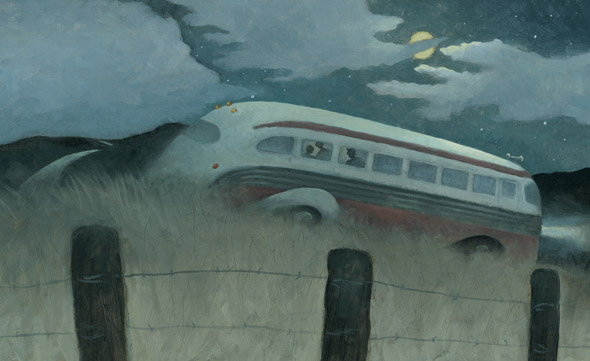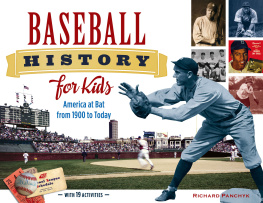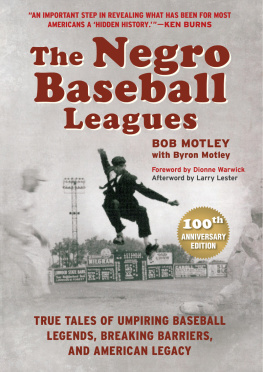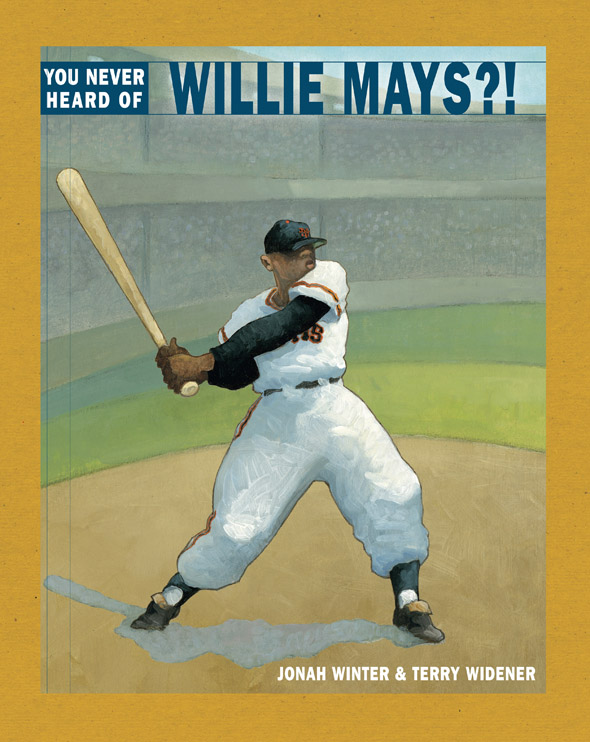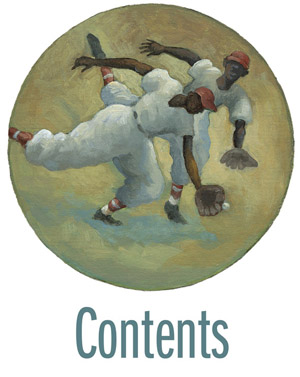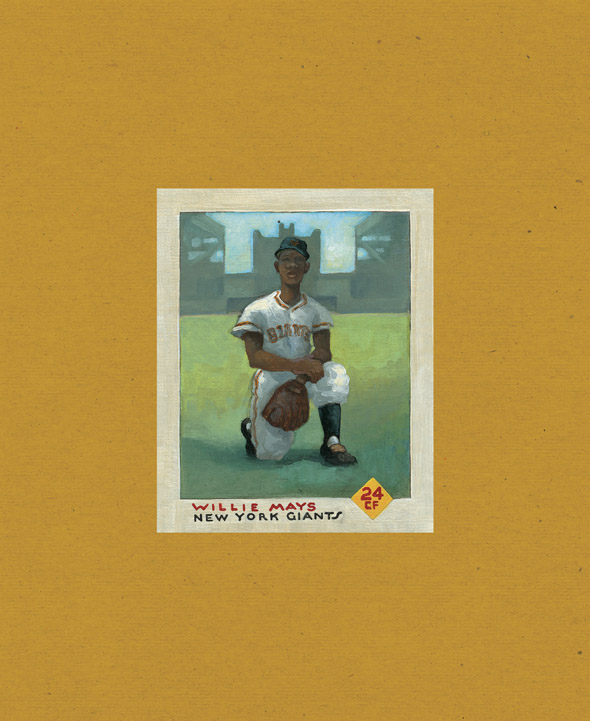
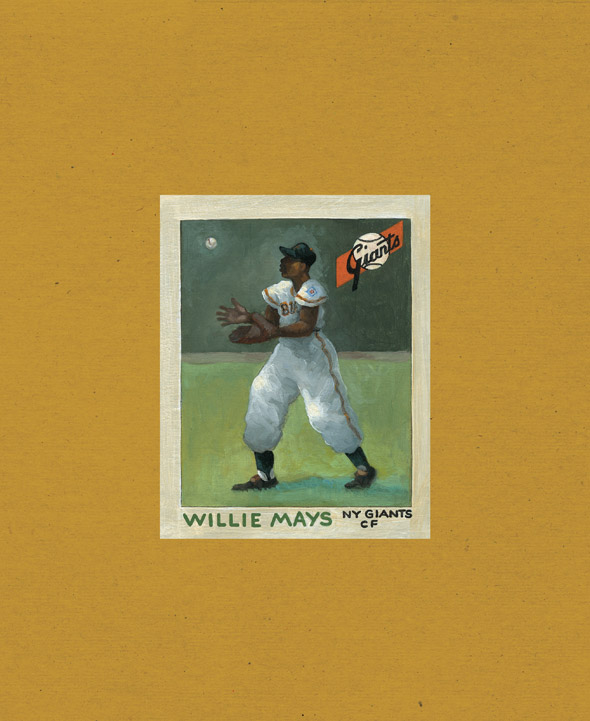
Text copyright 2013 by Jonah Winter
Jacket art and interior illustrations copyright 2013 by Terry Widener
All rights reserved.
Published in the United States by Schwartz & Wade Books,
an imprint of Random House Childrens Books,
a division of Random House, Inc., New York.
Schwartz & Wade Books and the colophon
are trademarks of Random House, Inc.
Visit us on the Web! randomhouse.com/kids
Educators and librarians, for a variety of teaching tools,
visit us at RHTeachersLibrarians.com
Library of Congress Cataloging-in-Publication Data
Winter, Jonah.
You never heard of Willie Mays?! / by Jonah Winter ; illustrations by
Terry Widener.
p. cm.
eISBN: 978-0-375-98782-3
1. Mays, Willie, 1931 Juvenile literature.
2. Baseball playersUnited StatesBiographyJuvenile literature.
I. Widener, Terry, ill. II. Title.
GV865.M38 W56 2013
796.357092dc23 [B] 2011047347
The illustrations were rendered in acrylic on chipboard.
Random House Childrens Books supports the First Amendment and celebrates the right to read.
v3.1
For Caroline, Jack Brodie, Hayden, Gavin, Sam, and Brianand with special thanks to Robbie for his helpful feedback, enthusiasm and baseball expertise J.W.
To my family T.W.
AUTHORS NOTE
William Howard Mays Jr. was born near Birmingham, Alabama, in the suburb of Westfield, on May 6, 1931. He began his baseball career when he was only a teen, in 1947, in the Negro Leaguesfirst with the Chattanooga Choo-Choos and then with his hometown pennant-winning Birmingham Black Barons. He went on to become a man who many say was the greatest all-around player in major league history. At the time of this books publication, many of Mayss career stats are at or near the top of practically every major league all-time list. Many seasons he led the league in batting average, homers, stolen bases, triples, runs, hits, walks, total bases, on-base percentage, slugging percentage, and other categories. Had he not been drafted into the army, theres a good chance that he would have hit more home runs than even Babe Ruth, whose 714 (the record until 1974) were only 54 more than Mayss 660.
In his quiet way, Willie Mays did much to further the cause of justice for African Americans. He arrived on the public stage at a time when many white Americans truly thought that African Americans were inferiorand he proved that this was absolutely ridiculous. He may not have marched in any civil rights parades, as did Jackie Robinson, the first African American in the majors. But what Mays did on the baseball field was a BIG eye-opener for white America. He was not just a great black baseball playerhe was simply the greatest baseball player most people had ever seen. Period.
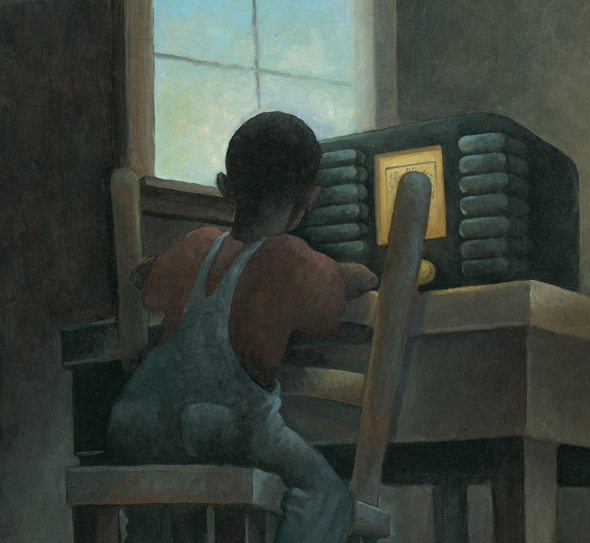
Y ou never heard of Willie Mays?! THE Willie Mays?! Oh, geez, where to begin? How about Birmingham, Alabama. 1941. A kid with his ear glued to the radio:
We interrupt this program for an important announcement: Joe DiMaggio has just homered off Red Sox pitcher Dick Newsome, extending his hitting streak to a record-breaking forty-five games!
As the story goes, a little boy named Willie Mays had himself a hero. Willie told his pop, I wanna be the next Joe DiMaggio.
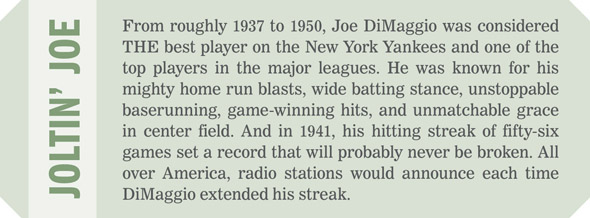
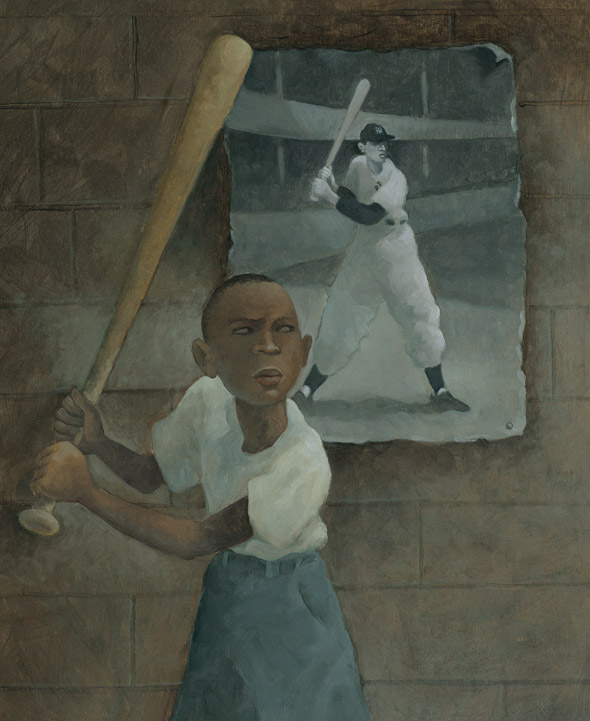
Word was, Willie did everything like Joltin Joethe batting stance, the way he ran, the way he threw.
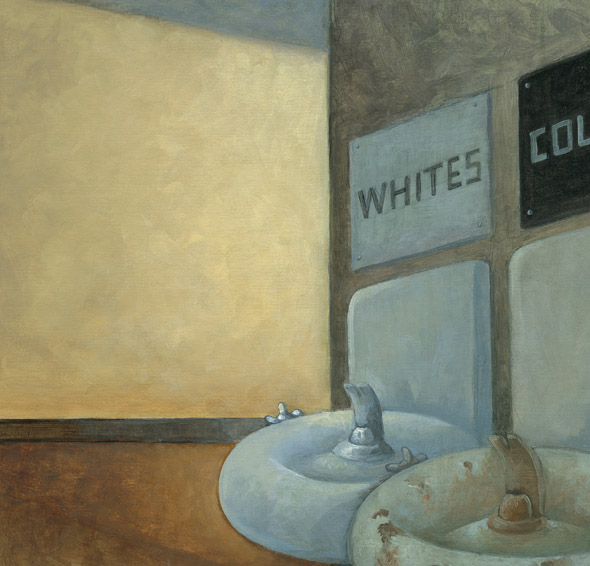
There was only one problem: the major leagues didnt allow black guys to play back then craziest rule there ever was. So maybe someday this kid could play on a Negro League team, but wearin Yankee pinstripes was out of the question.
In the Deep South, where Willie lived, black folks had to drink from different water fountains and sit at the back of the bus.

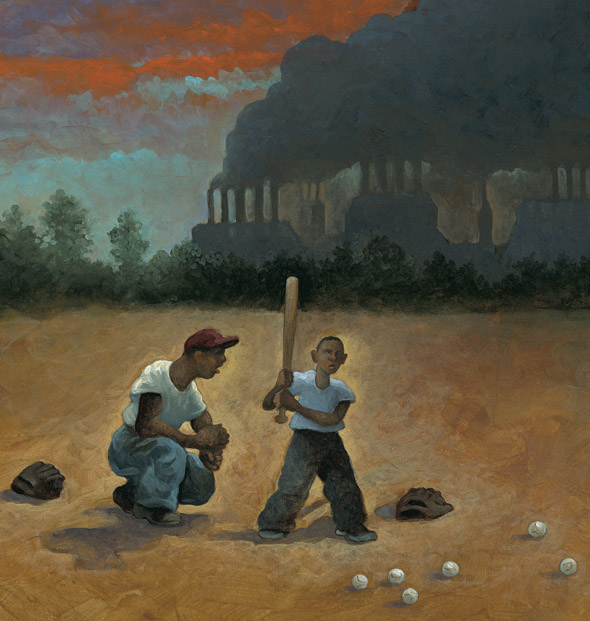
Most blacks in Birmingham worked backbreaking jobs in the steel millsthat was all they could get. But Willies pop had made some decent money playin center field for a semipro team, and he knew how much you could make if you were really goodif you were a pro. Thats why he was always coachin Willie how to hit and how to play center.
By all accounts, though, Willie didnt need too many pointershe was a natural. He was the kid all the other kids wanted on their teamthe one who ran a little faster, hit a little farther, played a little harder than anybody else.
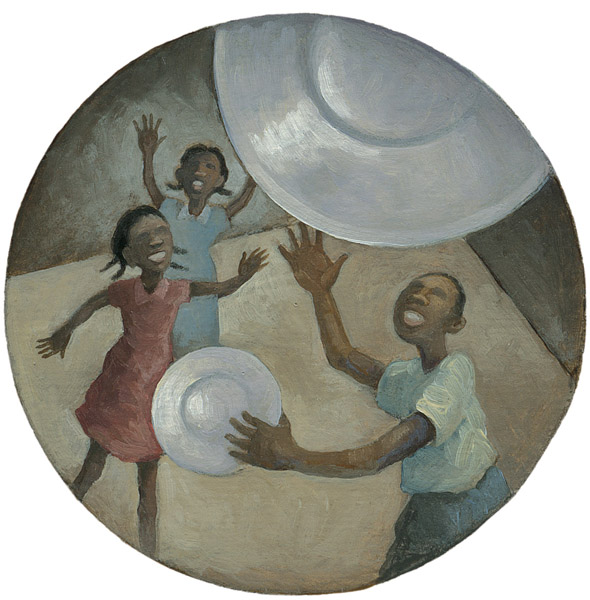
And he was the kid everybody likedwho entertained his sisters by throwing dishes up in the air and catchin em, just like they were baseballs and this was the World Series!
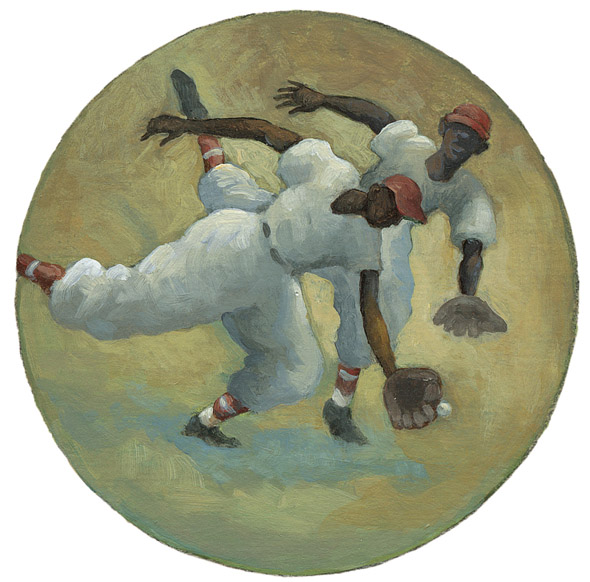
He was the kid who played with his pop on the steel mill team, who once outran him for a fly ball, because at age fourteen Willie was already the better player.
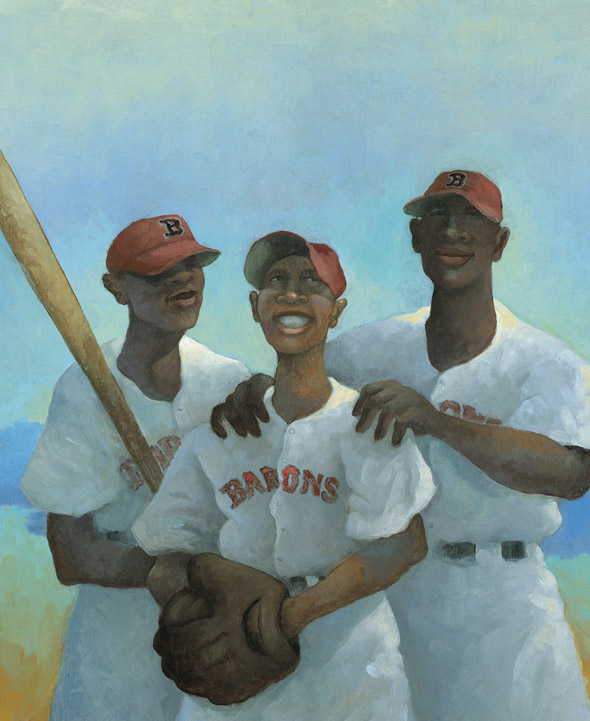
And he was the kid who in 1946, at only fifteen years old, got asked to play pro ball in the Negro Leagues with grown menand he did!
Suddenly, this teenage kid was makin more money than his pop. And when, the year after that, the major leagues ended their stupid rule barrin black guys, there was a ray of hope that one day Willie might play in the majors, like Joe DiMaggio.
